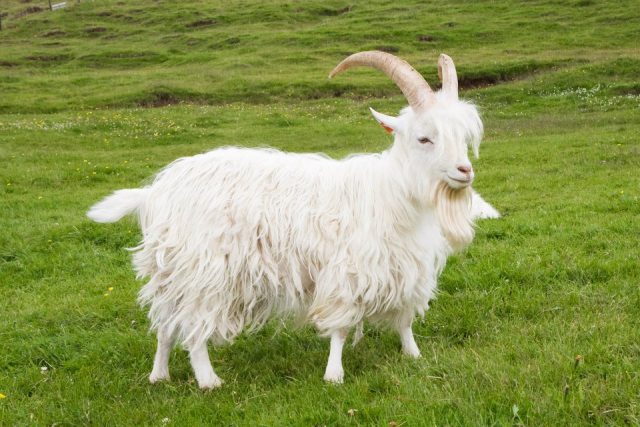Type the name of the breed you're looking for below
[wpdreams_ajaxsearchlite] Don't see the breed your're looking for? Click here and let us know!
Icelandic goat
| Place of Origin | Iceland |
| Origin | The Icelandic goat, also known as the Settlement goat, is an ancient breed of domestic goat believed to be of Norwegian origin and dating back to the settlement of Iceland over 1100 years ago. They were on the verge of extinction during the late 19th century, but recovered prior to World War II, only to precipitously decline again. As of 2003, there were 348 goats in 48 flocks distributed throughout most parts of Iceland. As of 2010, the herd had increased to 535. Since this breed has been isolated for several centuries, the Icelandic populations are highly inbred. They are very rare outside of their native land. Under their coarse, long guard hair they have a coat of high quality cashmere fiber. Icelandic goats are kept mainly as pets and their economic potential for meat, milk, cashmere and skin production remains to be explored. The Icelandic goat is currently of little economic value. |
| Purpose | Multi-purpose |
| Characteristics | Under their coarse, long guard hair they have a coat of high quality cashmere fibre. Some 20% of the goats are white and 80% nonwhite with several colour types, mainly though piebald. Both females and males are horned. However, a few polled individuals are found within this breed. Recorded birth weights of kids are chiefly within the range of 2–3 kg. Great variation has been recorded in body weight of mature goats, mainly within the range of 35–50 kg and 60–75 kg for females and males, respectively. |
| Other Considerations | The Icelandic goat is the only farm animal sponsored by the Icelandic government to help ensure that it survives. As of October 2010, the annual grant was ISK 6,500 per goat, for a maximum of 20 goats, contingent upon the owner submitting a report on each animal. |



